#Victoria and Albert Museum
Text

The Sleep of Sorrow and the Dream of Joy by Raffaelle Monti
Victoria & Albert Museum, London, 02 IX 2017
#art#sculpture#classical art#art history#historical art#19th century art#marble sculpture#my photography#victoria and albert museum#v&a#museums#art gallery#art galleries#museum#history#dark academia#dark art#dark aesthetic#dark academism#dark academia art#goth aesthetic#goth art#gothic art#Gothic
4K notes
·
View notes
Text

Rosamund by Walter Crane for Jeffrey & Co, 1908. Block-printed wallpaper.
6K notes
·
View notes
Text

Vivienne Westwood gown from SS94 “Café Society” Collection
©Victoria and Albert Museum
#vivienne westwood#couture edit#haute couture#fashion#victoria and albert museum#90s fashion#gowns#clothing#evening gown#designer gowns#viviennewestwood
6K notes
·
View notes
Text
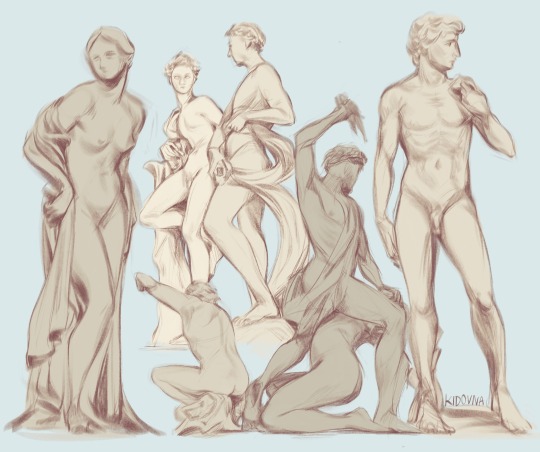
went sketching at the V&A today
#artovna#victoria and albert museum#sketch#art#before anyone comes at me… I say sketches bc these are 15 min pieces#michaelangelo#giambologna#samson slaying a philistine moment for firstprince
985 notes
·
View notes
Text




Red white and royal blue (2023)
#my gifs#rwrb#red white and royal blue#first prince#firstprince#dance#dancing#victoria and albert museum#v&a museum#v&a#tzp#taylor zakhar perez#nicholas galitzine#nicholasgalitzine#nick galitzine#alex#henry#alex clairmont diaz#alex claremont diaz#alexander claremont diaz#alexander gabriel claremont diaz#prince henry#henry fox#henry mountchristen windsor#prince henry of wales#prince henry fox mountchristen windsor#prince henry rwrb#alex and henry#alex x henry#henry and alex
287 notes
·
View notes
Photo

Francis Danby - Disappointed Love, 1821.
2K notes
·
View notes
Text
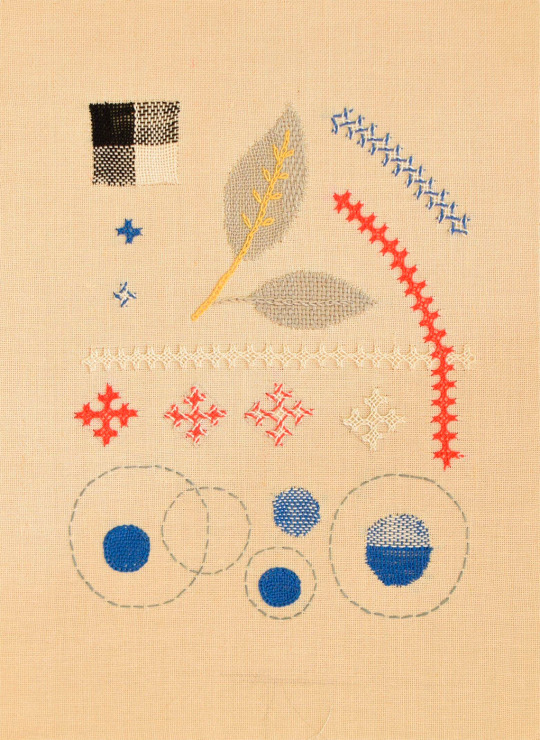
Rebecca Crompton, Sampler, (embroidered linen in coloured silks), 1930s [Victoria and Albert Museum, London. © Rebecca Crompton]

342 notes
·
View notes
Text

some ootd when i went to the v&a!
#goth#grunge#y2k goth#gothic lolita#jfashion#emocore#alternative#ootdpost#victoria and albert museum
258 notes
·
View notes
Text
#InternationalPolarBearDay:

Vase In The Form Of Two #PolarBears Inside An Icy Cave
'Makuzu' ware, Miyagawa Kozan workshop,Yokohama, Japan, c.1900-10
porcelain with decoration in underglaze turquoise & brown, H 22.2 cm x D 15.9 cm
Victoria and Albert Museum C.244-1910: https://collections.vam.ac.uk/item/O39341/vase-miyagawa-kozan/
"From the late 19th century, the Makuzu workshop produced porcelain for the Western market. The source of inspiration for this remarkable object was models of polar bears made by the Royal Copenhagen Manufactory. The icy effect was created using experimental glaze techniques."
PS: there is a similar, slightly larger piece in the Khalili Collections:

#animals in art#animal holiday#20th century art#Japanese art#East Asian art#Asian art#porcelain#vase#ceramics#polar bear#polar bears#bear#bears#International Polar Bear Day#Makuzu ware#Miyagawa Kozan#Victoria and Albert Museum#Khalili Collections#1900s
111 notes
·
View notes
Text
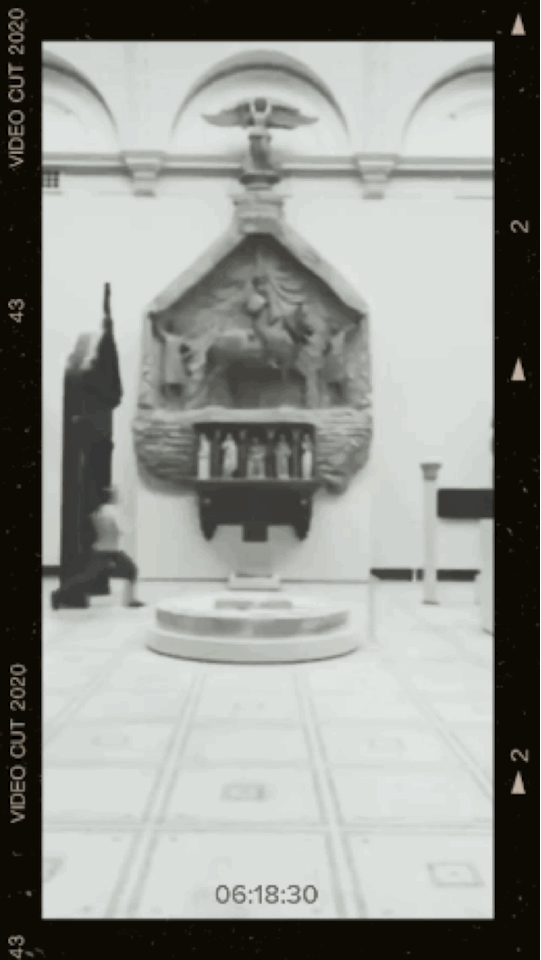

your daily reminder that this is what the public saw
#red white and royal blue#nicholas galitzine#rwrb#taylor zakhar perez#rwrb movie#alex claremont diaz#firstprince#henry fox mountchristen windsor#tzp#victoria and albert museum
137 notes
·
View notes
Text
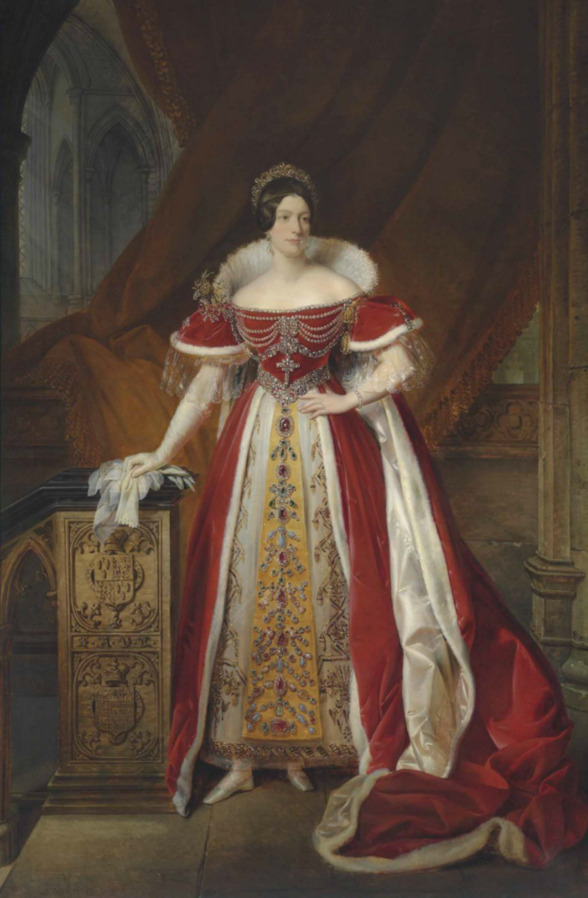
Alexandre-Jean Dubois-Drahonet (1791-1834)
"The Marchioness of Londonderry at the coronation of King William IV" (1831)
Oil on canvas
Located in the Victoria and Albert Museum, London, England
Frances Vane, Marchioness of Londonderry (1800-1865) was a wealthy Anglo-Irish heiress and noblewoman. She was the daughter of Sir Henry Vane-Tempest, 2nd Baronet. She married Charles William Stewart, 1st Baron Stewart. She became a marchioness in 1822 when Charles succeeded his half-brother as 3rd Marquess of Londonderry.
Through her daughter, Lady Frances Vane, wife of John Churchill, 7th Duke of Marlborough, she is the great-grandmother of Sir Winston Churchill.
#paintings#art#artwork#genre painting#female portrait#alexandre jean dubois drahonet#oil on canvas#fine art#victoria and albert museum#museum#art gallery#french artist#portrait of a woman#red dress#dresses#clothing#clothes#jewelry#jewellery#interior#1830s#early 1800s#early 19th century#a queue work of art
90 notes
·
View notes
Text

William Morris (British, 1834-1896) • Pink and Rose wallpaper, intertwined stems of flowering carnations and roses • 1890
William Morris is best known as the 19th century's most celebrated designer, but he was also a driven polymath who spent much of his life fighting the consensus. A key figure in the Arts & Crafts Movement, Morris championed a principle of handmade production that didn't chime with the Victorian era's focus on industrial 'progress'. Our collections hold a huge amount of his work – not only wallpapers and textiles but also carpets, embroideries, tapestries, tiles and book designs.
"Have nothing in your houses that you do not know to be useful or believe to be beautiful."

La Belle Iseult • 1858 • Oil on canvas • Tate, London
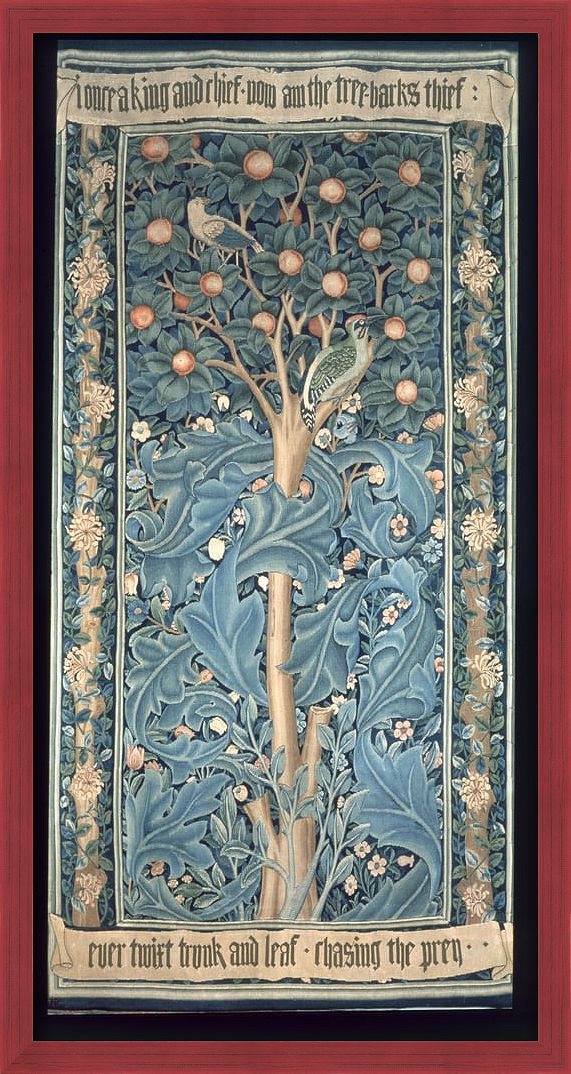
The Woodpecker tapestry • 1885 •
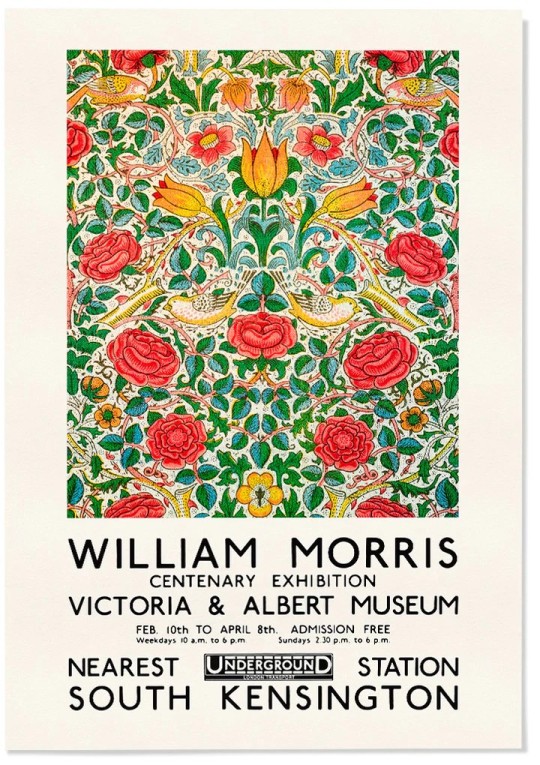
Centenary exhibition poster • Victoria and Albert Museum, London
#design#wallpaper design#william morris#arts and crafts movement#british artist#tate london#art#painting#art history#19th century art#british art#tapestry#vintage posters#victoria and albert museum#exhibition poster
147 notes
·
View notes
Text


The Three Graces (details) by Antonio Canova, 1814-17
Regarded internationally as a masterpiece of neoclassical European sculpture, The Three Graces was carved in Rome by Antonio Canova (1757 – 1822) between 1814 and 1817 for an English collector. This group of three mythological sisters was in fact a second version of an original – one commissioned by Joséphine de Beauharnais, first wife of Napoleon Bonaparte.
Canova is now widely recognised as one of the greatest European artists of his day, but from the mid-19th century onwards his reputation suffered, partly because of what was seen as the problematic relationship between his work and ancient sculpture. The great German scholar Gustav Waagen commented dourly on The Three Graces in his extensive survey of works of art in British collections of 1854: "But however attractive the tender and masterly finish of the dazzling white marble, the pretty but insipid character of the heads cannot gratify a taste familiar with the antique".
Source: V&A Museum
#v&a museum#victoria and albert museum#napoleonic era#napoleonic#empire style#empire#neoclassical art#neoclassical#neoclassicism#graces#the three graves#Antonio canova#1800s#1810s#marble#statue#marble statue#19th century#first french empire#French empire#art#canova#19th century art#Italian#french#premier empire#Italy#France#Josephine#empress josephine
423 notes
·
View notes
Text

Many thanks to @catominor for showing me the funniest possible description someone at the Victoria and Albert Museum put on a bust of Cato.
#his corpse is spinning so fast it could power a turbine#i have now reported the error to the museum but i had to preserve it here. for posterity. it's glorious#victoria and albert museum#just roman memes#jlrrt speaks#cato the younger#art#museum
54 notes
·
View notes
Text

The Pelican in her Piety

This enamelled gold Spanish pendant was made in approximately 1550 - 1575 and is adorned with pearls and a ruby simulant. Its concept refers to a Medieval fable of the pelican drawing blood from its own breast to feed its young. The imagery is traditionally used to symbolize the Savior sacrificing himself on the Cross.
The pendant used to be in the Treasury of the Cathedral of the Virgin of the Pillar in Saragossa, Spain.
#༺⛧༻ 𝕮𝔞𝔫𝔢𝔰 𝖁𝔢𝔫𝔞𝔱𝔦𝔠𝔦 ༺⛧༻#༺✧༻ 𝕸𝔢𝔪𝔬𝔯𝔦𝔞 ༺✧༻#art#art history#v&a museum#victoria and albert museum#16th century#gold pendant
67 notes
·
View notes
Text
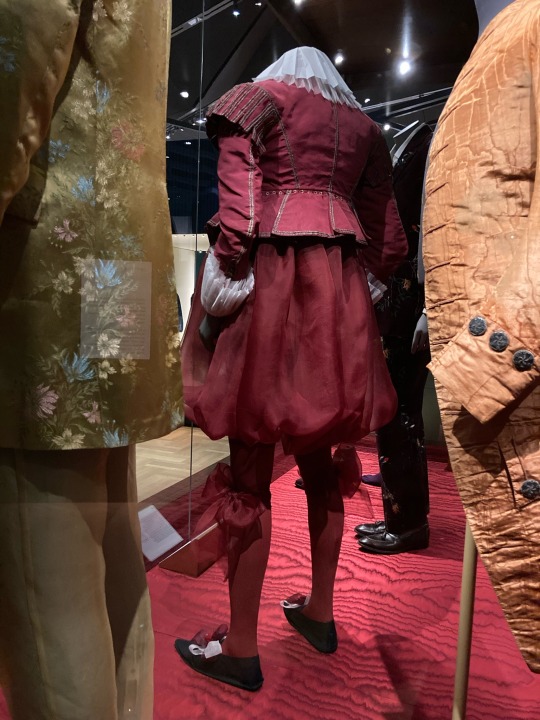
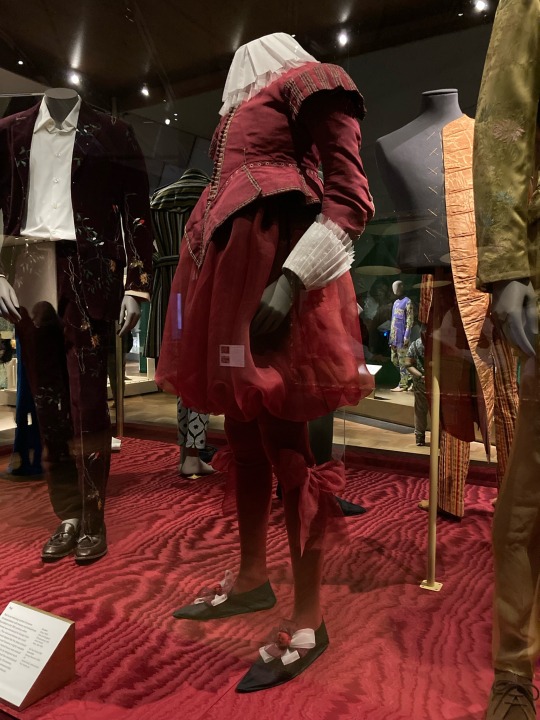

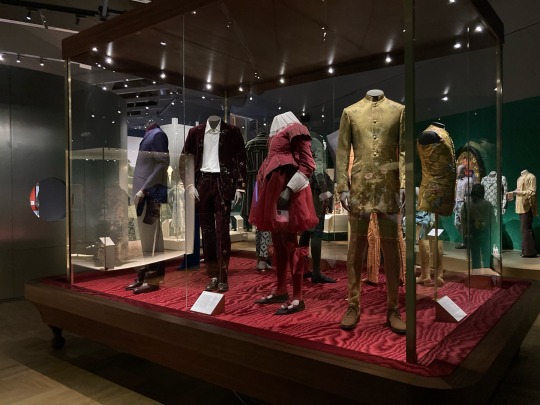
So the V&A’s ‘Fashioning Masculinities’ menswear exhibition did this thing where any non-exhibit items shown WITH historical ones (eg these breeches below an original 1620’s doublet) were done as diaphanous, see-through chiffon in the relevant colour.
So this mannequin has puffy chiffon breeches, chiffon shoes (!), shoe ribbons, and garters, and chiffon ‘lace’ at throats and cuffs, just to indicate what shape the full outfit is meant to be.
1. Excellent display curation, A+++ , and also
2. it just makes me extremely want those claret chiffon pants and knee-garters
#FANCY! dowland play on my good fellow and someone feed me a grape!#10/10 would wear - the jacobean courtier look is where it’s at#anyway it’s a banger of an exhibition why did i wait so long to see it#fashion#victoria and albert museum
880 notes
·
View notes